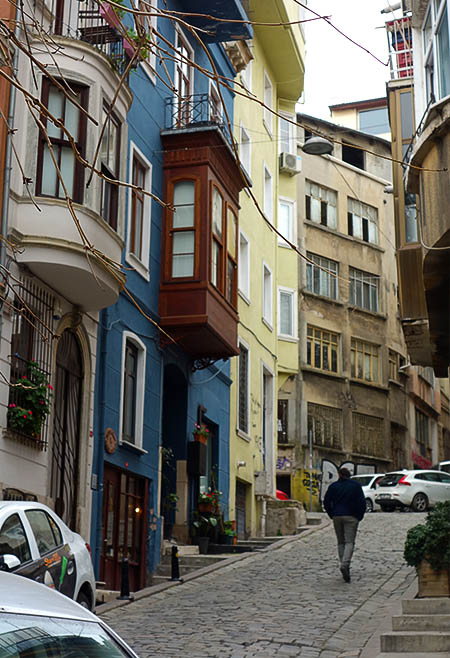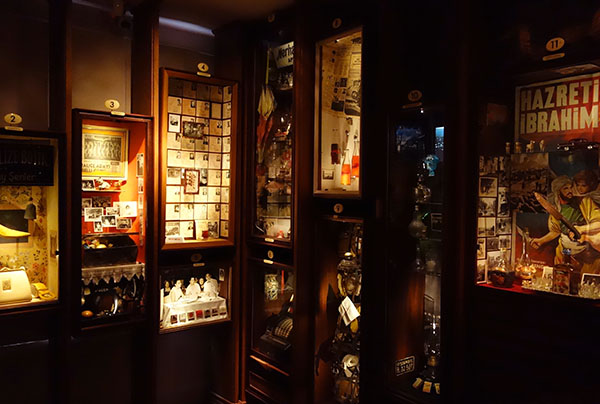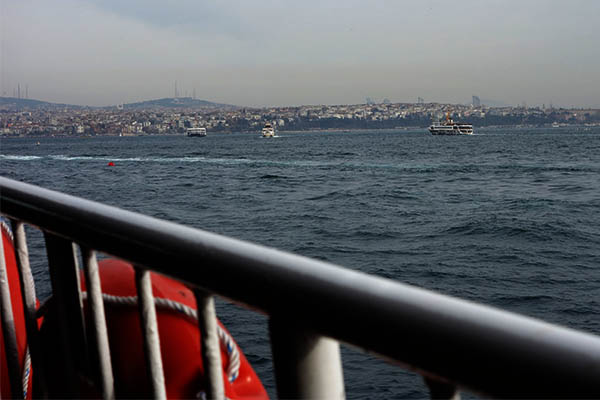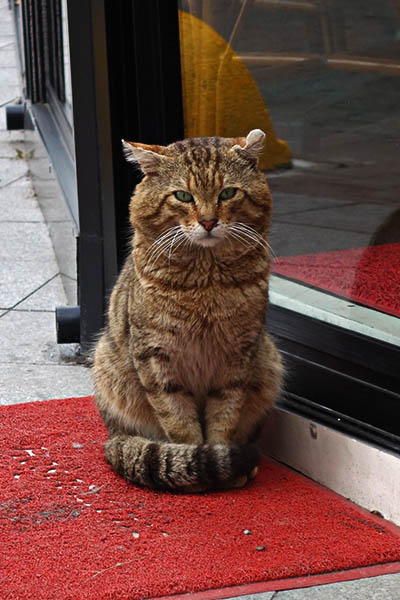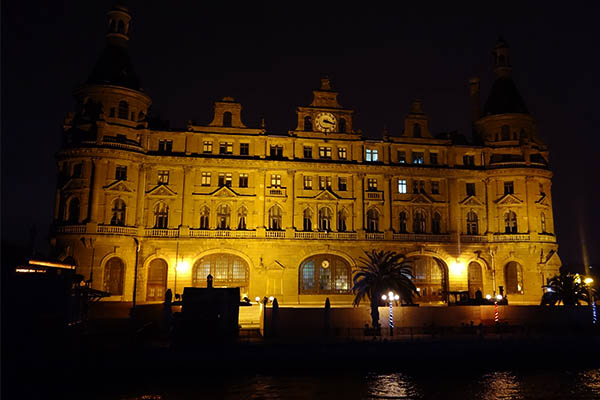So, finally, we reached our last day in Istanbul. Checking out of the second AirBnb, we headed towards our last place, a small boutique hotel near the Bosphorus.
I’ve stayed in a great many AirBnBs, and this was certainly my favorite. Great view, cheap, huge, and with a good location.
A short walk away, we visited the Museum of Innocence. I’d purposely remained in the dark about this museum. All I knew was that it got good reviews, was close by, and had been put together by the Nobel prize-winning author Orhan Pamuk. Alex and I had read some of Pamuk’s works before arriving in Turkey. There are a lot of them, and they mostly seem to feature nostalgic memories of Istanbul and Turkey in the 60s and 70s – which actually was and remains a pretty exotic place to Americans.
I loved the museum, which took the form of a renovated 4- or 5-story brownstone completely filled with dioramas. The atmosphere was great; very evocative. I really felt as though I were in an Istanbul gripped by modernization, like a fun-house mirror American Graffiti. Thinking back, I don’t think I’d seen an artistic diorama in a museum (just little historic dioramas in museums of natural history).
When we arrived at the museum (no fancy entrance, just a little cut-away hole in the wall, a drive-by museum), we weren’t sure whether we wanted the audio guide. Well, thank God we got it. Each diorama had a number associated with a track, and the dioramas told a story of unrequited Istanbul love. Maybe the story would have been more coherent, had I read the book. But I liked it as it was: it was out of the question to listen to the narration for every diorama, and they weren’t sequential anyway. Instead, it felt like seeing someone’s memories, in the same fragmented way he might recall them.
We also explored the neighborhood outside the museum, which had its own distinct feel: residential, old, filled with antiques. It slid down a steep hill towards the water, with a view of the sultan’s palace we’d visited the day before.
At the water itself, we considered visiting the modern art museum (but it was closed; we were also museumed out). Instead we visited the Kilic Ali Pasa Mosque, which I think was actually my favorite mosque in the city: large enough to be grand, but still in regular use and somehow intimate feeling. We visited during a time of regular prayer, in late afternoon, with people coming in, praying for 5 or 10 minutes, and then hurrying home to their family. Meanwhile, we just waited quietly.
That night, we went around the corner of our hotel. The hotel was on a cute (noisy) side-street filled with cafes, restaurants, and people hanging out. It was a beautiful street, just not great for sleeping.
After a forgettable dinner, we spent several hours smoking hookah and drinking endless cups of tea (near here). Early the next morning we took a cab back to the airport, to fly through Ukraine to the US. But for a little while, we snuggled up warm, cozy, and content on the roof of a nargile cafe on the shores of the Bosphorus.


